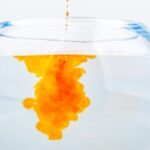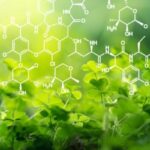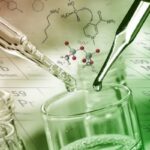We explain what a pure substance is, the types that exist and various examples. Also, what are mixtures.
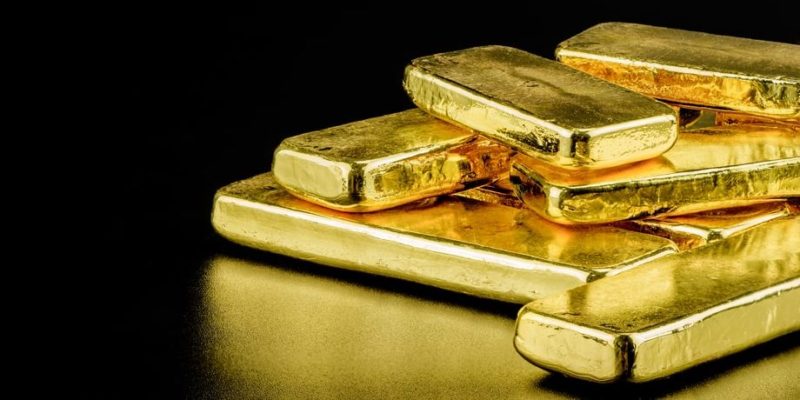
What is a pure substance?
Pure substances are those that They have a fixed and defined chemical composition that is, it does not vary regardless of the physical conditions in which said substance is found. In other words, pure substances remain chemically unchanged (their chemical structure does not change) in their different states of aggregation.
Using physical separation methods, pure substances cannot be decomposed into simpler substances, nor into their constituent elements. To decompose a pure substance it is necessary to use chemical methods by which the substance is transformed into other substances, or into the elements that compose it.
Furthermore, at a specific pressure and temperature, physical properties such as density, boiling point, and melting point can be reproduced for pure substances.
A clear example of a pure substance is water, simple and abundant, which can exist in liquid, gaseous or solid form, but it will always be composed of the same chemical elements and will always respond the same to the same conditions of temperature and pressure. On the other hand, if we add salt, sugar and other substances, we alter its physical properties and it is no longer a pure substance.
In nature there is no completely pure substance, that is, substances always have some impurities added. Currently, with scientific and technological advances, it has been possible to purify substances until high degrees of purity are obtained.
Types of pure substances
There are two types of pure substances, differentiated from each other based on their atomic composition:
- simple substances Pure substances that are made of a single type of atoms, that is, whose molecules are composed of the same element. For example: helium (He) or oxygen (O2).
- Compound substances Pure substances that are composed of two or more types of atoms. For example: water (H2O) or carbon dioxide (CO2).
Examples of pure substances
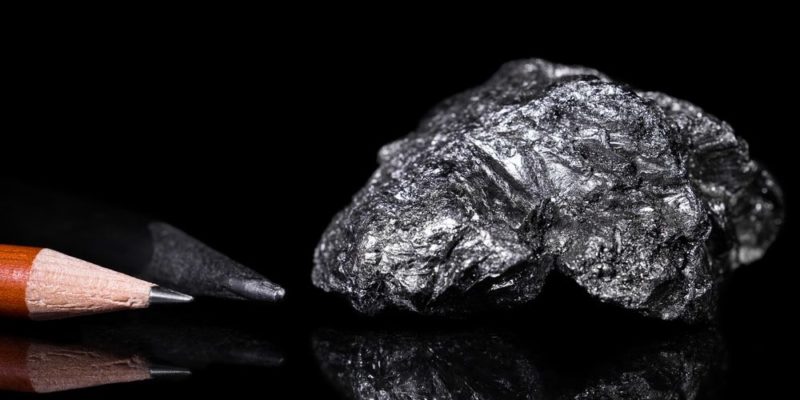
Some examples of pure substances are:
- The water (H2EITHER).
- Ozone (O3).
- Carbon monoxide (CO).
- Carbon dioxide (CO2).
- Pure iron (Fe).
- Sodium (Na).
- Pure gold (Au).
- Benzene (C6h6).
- Graphite (C).
- Salt or sodium chloride (NaCl).
Mixtures
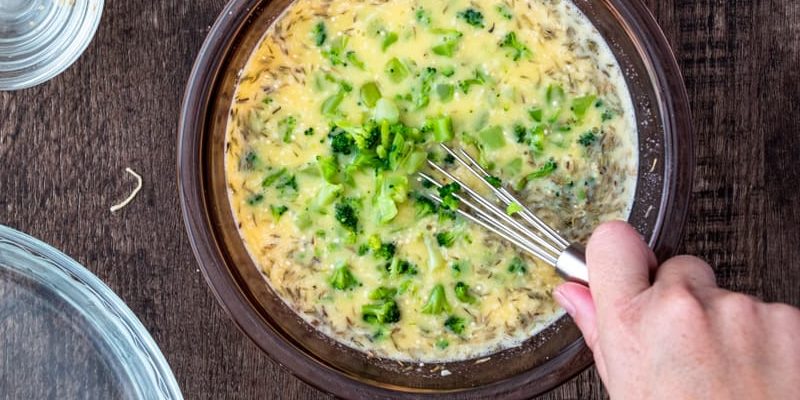
Unlike pure substances, mixtures are made up of several components physically combined, that is, without involving chemical reactions between them.
Mixtures can be separated into their individual components using different physical separation methods depending on the type of mixture. In this sense, mixtures can be classified into:
- Homogeneous mixtures Those in which the components of the mixture cannot be distinguished with the naked eye, although they can be separated by certain physical procedures. For example: water with salt, cement, blood.
- Heterogeneous mixtures Those in which the components of the mixture are easily discernible from one another and, therefore, much easier to separate by mechanical or physical procedures. For example: gravel, confetti, water and oil.
References
- “Chemical substance” in Wikipedia.
- “Pure substances” in ICT Resources.
- “Pure substances and mixtures” in BioProfe.
- “Classification of matter, pure substances, elements, compounds…” (video) in Academia Internet.
- “Classification of the subject” at the National Autonomous University of Mexico.
- “Mixtures and pure substances” in Icarito.


